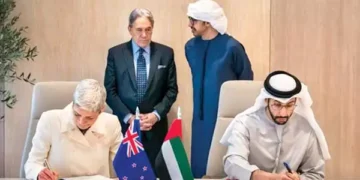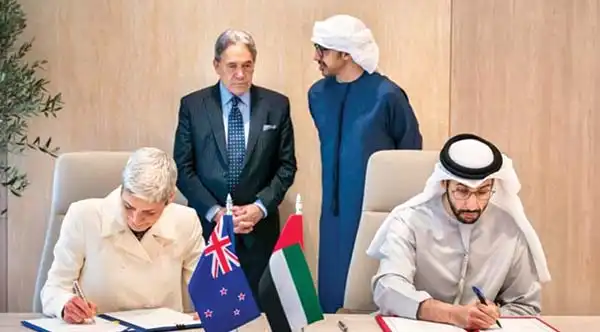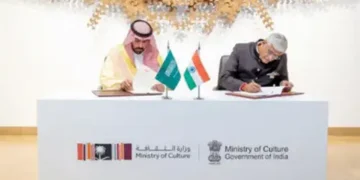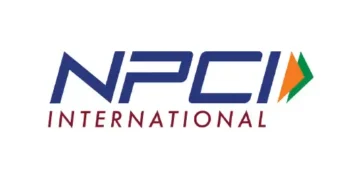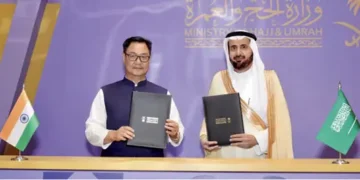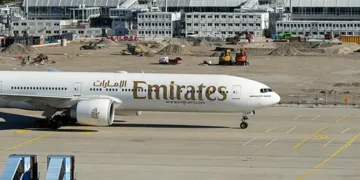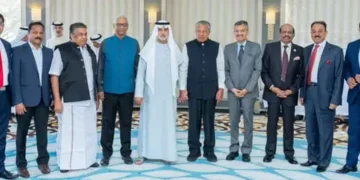Blitz Bureau
THE United Arab Emirates and New Zealand have signed a Memorandum of Arrangement (MoA) marking the beginning of a landmark collaboration in Antarctic scientific research, reports WAM. The agreement underscores the nations’ shared commitment to environmental conservation in Antarctica.
The MoA between the Emirates Polar Programme and Antarctica New Zealand was formalised during an official signing ceremony, which was attended by Sheikh Abdullah bin Zayed Al Nahyan, Deputy Prime Minister and Minister of Foreign Affairs of the UAE.
The key signatories of the key agreement were Abdulla Balalaa, the Assistant Minister of Foreign Affairs for Energy and Sustainability Affairs and Vice-Chair of the Emirates Polar Programme Steering Committee, and Paula Wilson, Deputy Secretary at the Ministry of Foreign Affairs and Trade, on behalf of Antarctica New Zealand. The partnership aims to strengthen joint efforts in Antarctic scientific research, foster academic exchange and enhance capacity building.
The memorandum focuses on collaborative projects that contribute to a deeper understanding of the Antarctic ecosystem, climate change impacts, and the preservation of the unique environment. Highlighting the significance of this strategic collaboration, Balalaa said: “The partnership with Antarctica New Zealand represents a pivotal advancement for the Emirates Polar Programme, reinforcing the UAE’s commitment to global scientific collaboration. New Zealand’s world-class expertise in this field provides an unparalleled opportunity for the UAE to make meaningful contributions to critical research in Antarctica. Together, we can drive deeper scientific understanding and accelerate solutions to the pressing challenges faced by this vital continent.” Leon Grice, Chair of Antarctica New Zealand, added, “Antarctica New Zealand is delighted to partner with the Emirates Polar Programme.
This collaboration brings together the unique strengths of both nations, fostering innovation and scientific discovery in one of the most pristine and vulnerable environments on Earth. We look forward to the research and knowledge sharing that will undoubtedly result from this partnership.”
